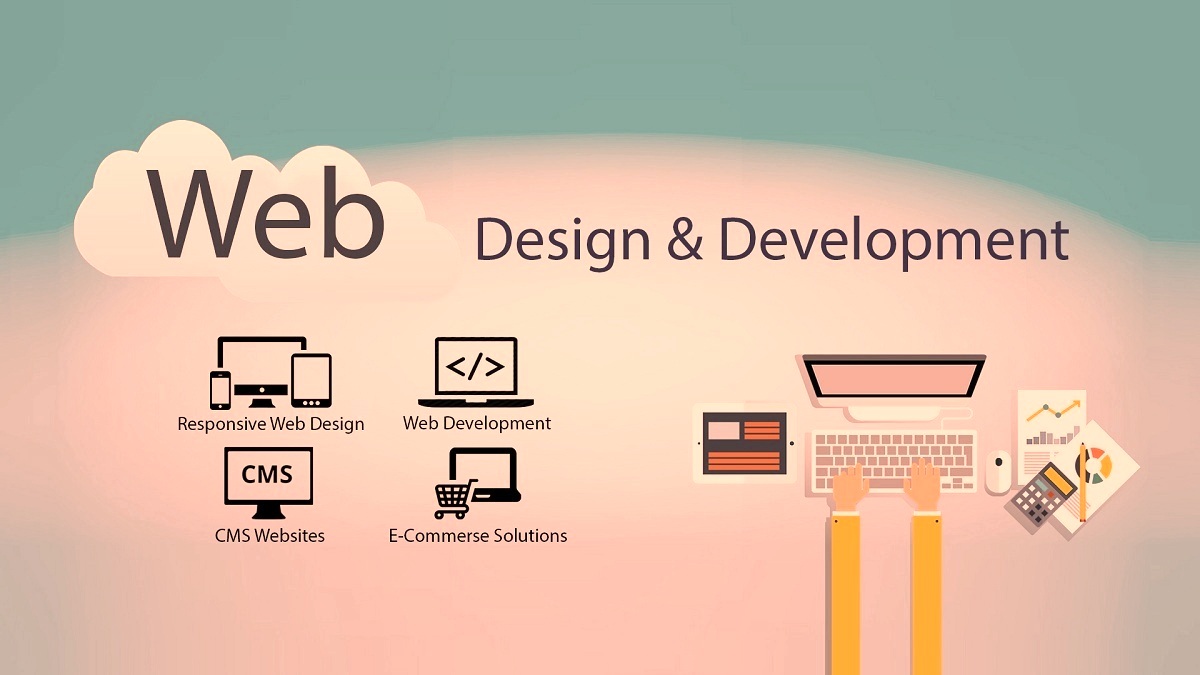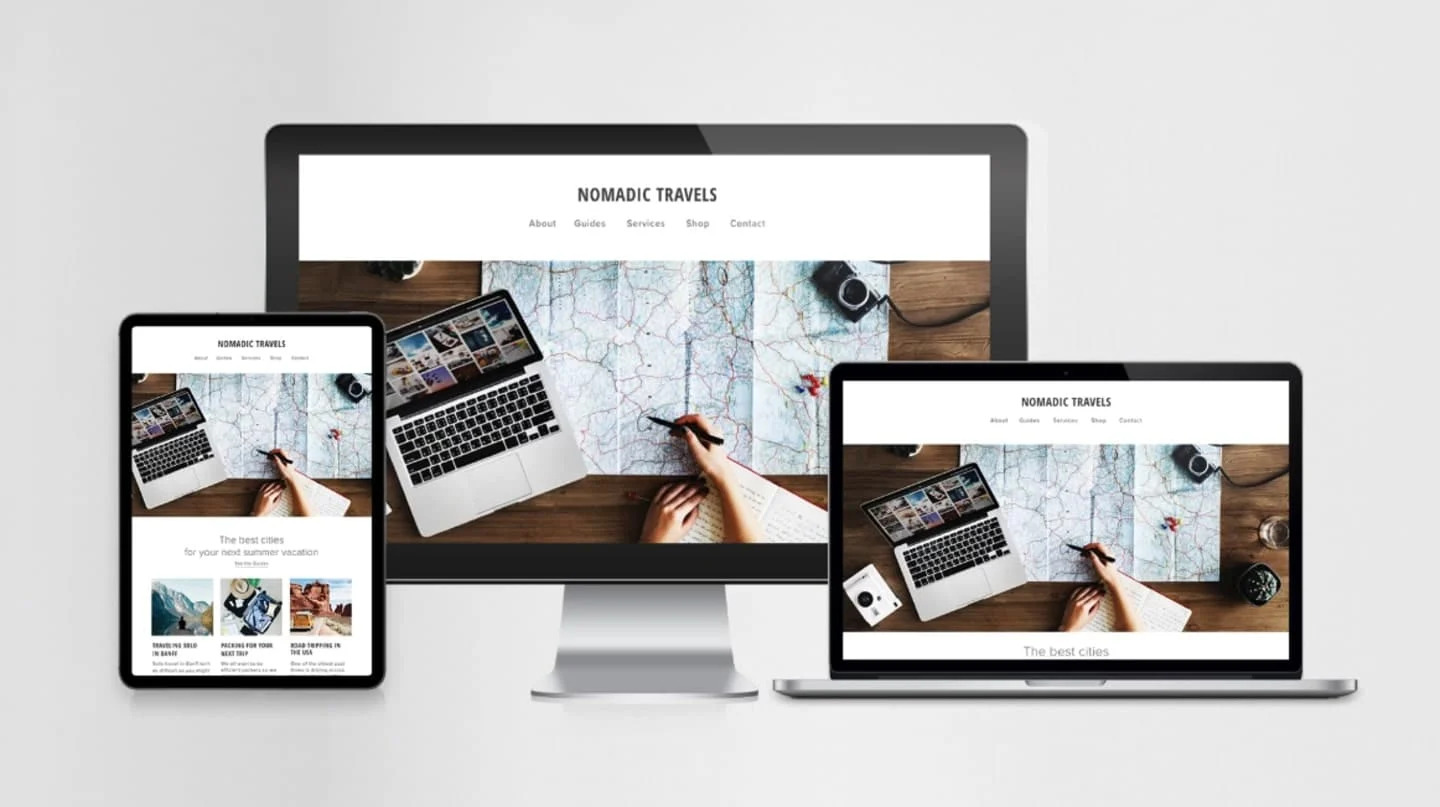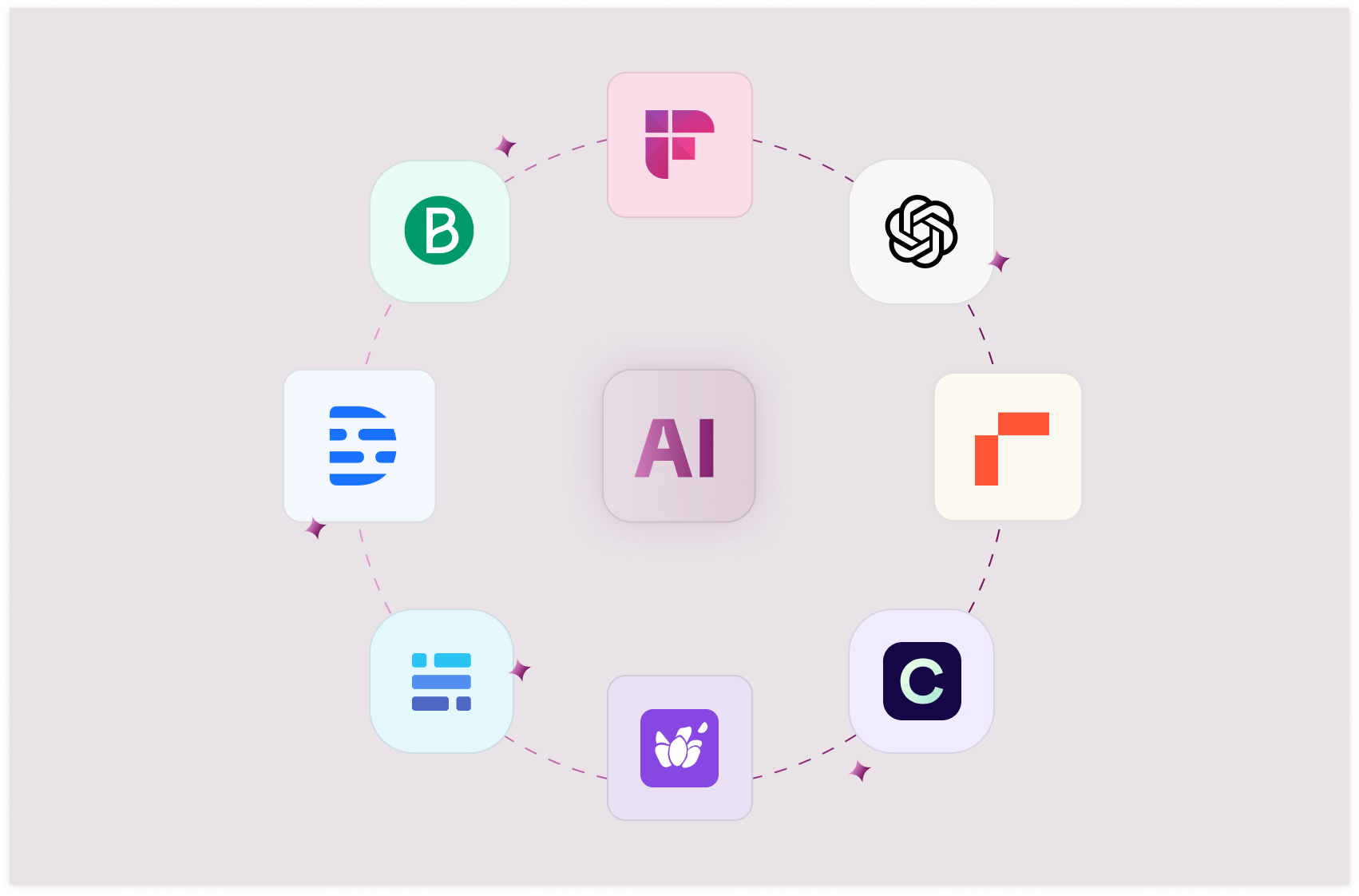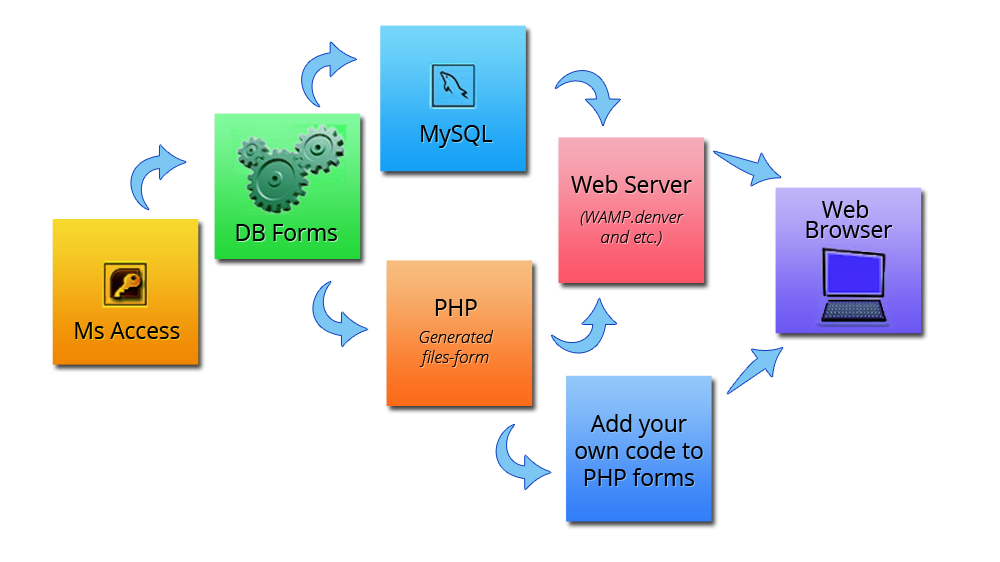
The Art and Science of Web Design: Crafting Digital Experiences
In our increasingly digital world, a website is often the first impression a business, brand, or individual makes. But what goes into creating a truly effective and memorable online presence? The answer lies with the unsung heroes of the internet: web designers. Far more than just making things "look pretty," web designers are the architects and artists who blend creativity with technical prowess to build engaging, functional, and user-centric digital experiences.
What Exactly Does a Web Designer Do?
The role of a web designer is surprisingly broad and constantly evolving. At its core, a web designer is responsible for the visual and interactive aspects of a website. This includes everything from the overall layout and navigation to the smallest details like font choices, color schemes, and button styles. They are the bridge between a client's vision and a user's experience.
Here's a breakdown of key responsibilities:
-
User Experience (UX) Design: This is paramount. Web designers meticulously plan how users will interact with a website. This involves creating sitemaps, wireframes, and prototypes to ensure a logical flow, easy navigation, and an intuitive experience. The goal is to make the user's journey seamless and enjoyable.
-
User Interface (UI) Design: While UX focuses on the "feel," UI focuses on the "look." This is where the visual magic happens. UI designers select colors, typography, imagery, and other graphic elements to create a visually appealing and cohesive interface that aligns with the brand identity.
-
Visual Design & Graphics: From custom icons and illustrations to manipulating digital photographs, web designers are adept at creating compelling visual assets that enhance the website's aesthetic appeal and communicate messages effectively.
-
Responsive Design: With diverse devices (desktops, tablets, smartphones) used to access the internet, ensuring a website looks and functions perfectly across all screen sizes is crucial. This is where responsive design comes in, adapting the layout dynamically.
-
Basic Front-End Development: While full-stack web developers handle complex coding, web designers often have a foundational understanding of HTML (HyperText Markup Language) for structuring content, CSS (Cascading Style Sheets) for styling, and sometimes even basic JavaScript for interactive elements. This knowledge allows them to better communicate with developers and even implement minor changes themselves.
-
Content Integration: Web designers work closely with content creators to ensure text, images, and videos are effectively integrated and displayed in a visually appealing and readable manner.
-
Search Engine Optimization (SEO) Principles: A beautiful website is only effective if people can find it. Web designers incorporate basic SEO principles into their designs, such as clean code, optimized images, and logical site structures, to improve search engine visibility.
-
Collaboration and Communication: Web design is rarely a solitary endeavor. Designers frequently collaborate with clients, project managers, content writers, and web developers to bring a project to fruition. Strong communication skills are essential to understand client needs and convey design solutions.
-
Staying Updated with Trends and Technologies: The digital landscape is in constant flux. A successful web designer is a lifelong learner, continually researching new design tools, frameworks, best practices, and emerging technologies to stay at the forefront of the industry.
The Essential Skills of a Modern Web Designer:
Beyond the specific tasks, certain skills are fundamental to excelling in web design:
-
Creativity and Aesthetic Eye: The ability to conceptualize unique and visually appealing designs.
-
Problem-Solving: Identifying and resolving design challenges to create effective solutions for users and clients.
-
Attention to Detail: Meticulousness in every aspect of the design, from pixel perfect layouts to consistent branding.
-
Empathy: Understanding the user's needs, behaviors, and pain points to design truly user-friendly experiences.
-
Time Management: Juggling multiple projects and meeting deadlines efficiently.
-
Proficiency in Design Software: Mastery of tools like Adobe Photoshop, Illustrator, XD, Figma, Sketch, and potentially Webflow.
-
Understanding of Web Standards and Accessibility: Ensuring websites are usable by everyone, including those with disabilities.
Conclusion: The Future is Designed
Web designers are more vital than ever in shaping our online world. They are the architects of our digital experiences, combining artistic vision with technical know-how to create websites that are not only beautiful but also intuitive, functional, and impactful. As technology continues to advance, the role of the web designer will only become more dynamic, demanding a blend of creativity, technical expertise, and a keen understanding of human-computer interaction. If you have a passion for design, technology, and problem-solving, a career in web design offers a constantly evolving and deeply rewarding path.






